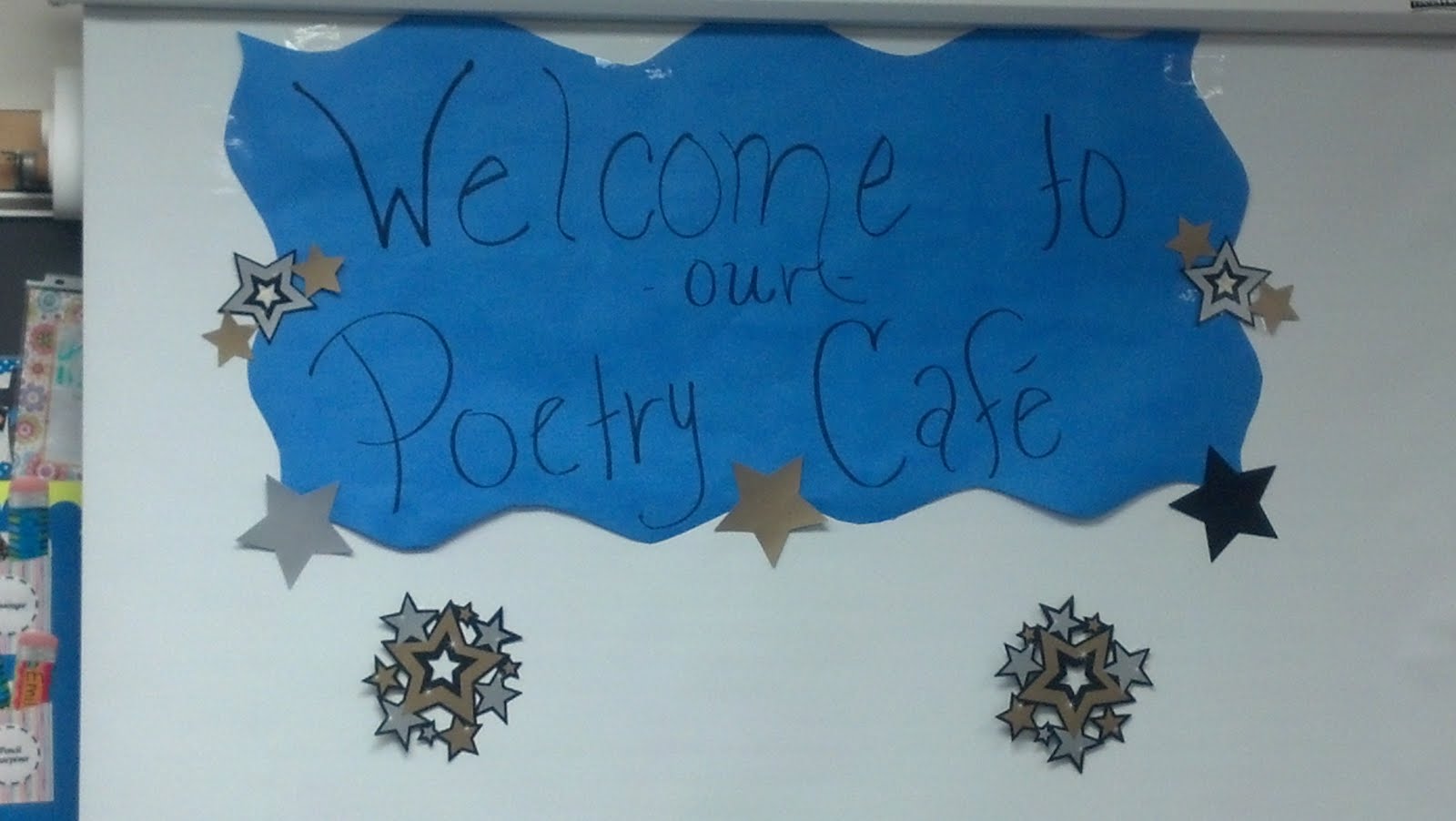National Poetry Month is over, but I am still teaching poetry.
The third graders at Northfield E. S. were blown away by Fibonacci poems. We were actually doing math, science and poetry at the same time. This was a great lesson for our first workshop together. Our main goals were counting beats and sticking to a theme -- plenty for the third graders to handle.
I'll post the first half of my Fib lesson today with some student poems. We'll do the second half of the lesson for Poetry Friday.
For several years, I've been using Robert Bly's poem "Conversation with a Mouse" as a first day elementary school warm-up. The poem is in the anthology Poetry Speaks to Children.
I use "Conversation with a Mouse" it to talk about how a poem can grow or travel in just a few short lines. Bly's poem begins with a mouse in its tiny nest. (I always have the children sit on the floor. It's a cozy poem, and sitting close together helps them appreciate the poem's tone.) By the concluding lines, Bly has taken us all the way to the Milky Way galaxy.
A Conversation With a Mouse
by Robert Bly
One day a mouse called to me from his curly nest:
"How do you sleep? I love curliness."
"Well, I like to be stretched out. I like my bones to be
All lined up. I like to see my toes way off over there."
"How do you sleep? I love curliness."
"Well, I like to be stretched out. I like my bones to be
All lined up. I like to see my toes way off over there."
"I suppose that's one way," the mouse said,
"but I don't like it.
The planets don't act that way, nor the Milky Way."
"but I don't like it.
The planets don't act that way, nor the Milky Way."
Read the rest of the poem here.
"Conversation with a Mouse" was a particularly good way to start a lesson on Fibonacci poems. I read the poem and we discussed its meaning. The children and I talked about the shape the Milky Way galaxy makes -- even shaping a double spiral with our hands. I asked them to remember the spiral shape. We'd be seeing it later in the workshop.
After the children returned to their desks, we looked at the science picture book Growing Patterns by Sarah C. Campbell. (Here is the author talking about the book.)
Growing Patterns explains the Fibonacci sequence in simple terms. The basics are: start with the number zero. The next number in the sequence is one. From this point, always add the two previous numbers to figure out the next number in the sequence.
0
1
(0+1=) 1
(1+1=) 2
(1+2=) 3
(2+3=) 5
(3+5=) 8
(5+8=) 13
and so on.
This sequence is seen frequently in nature, particularly in shapes like hurricanes, nautilus shells, and spiral galaxies (remember the Milky Way from "Conversation with a Mouse?") When I show the children a graphic of the Fibonacci spiral and then we look at a nautilus shell, I can see the brains lighting up!
"So," I ask the class, "can you predict how we are going to make a poem out of this pattern of numbers?" They quickly figure it out ... by counting syllables.
Tomorrow (second part of the workshop), we'll talk about the inventor of Fibonacci poems and read sample fibs.
For now, here are some Fibonacci poems by the Northfield third graders. I asked the children to aim for a science theme. Thank you to Northfield's staff and families for giving me permission to share these wonderful poems.
Storm Fib
by Stefan C.
rain (1)
storm (1)
lightning (2)
brightest bolt (3)
gigantic red flame (5)
animals running from big fire (8)
dangerous flame burning down a big brown and green tree (13)
Mars Fib
by Zachary D.
Mars (1)
red (1)
in space (2)
cold at night (3)
flying to this place (5)
darkness and stars surrounding it (8)
Moon Fib
by Brynn L.
Moon (1)
rock (1)
shining (2)
has craters (3)
smiling down at me (5)
crescent making the sky light up (8)
 |
| universetoday.com |
I was at the USA Science & Engineering Festival this Saturday. There, I ran into some super mathematicians from The Association of Women in Mathematics. What were they teaching kids at the festival about? Fibonacci numbers. They were so excited when I told them about our poetry workshop. Of course, math is a language we use to describe the world around us, just as we do in poetry.
You can check out the AWM website for some kid-friendly math worksheets. Then come back for the rest of the lesson and more Northfield poems tomorrow.





3 comments:
The link between math and language is so strong. Like how the fibonacci sequence can be found in the curve of a shell, or how fractals tell us why we can't seem to predict the weather. Those poems by the kids were very well done!
One Writer's Mind
I'm glad you enjoyed the lesson. I am fascinated with the relationship between fractals and the measurement of coastlines. I'll have more student poems up tomorrow.
I want to write a fib with someone I'm tutoring so I was just visiting your old post -- thought I'd let you know I was here! Thanks :-)
Post a Comment